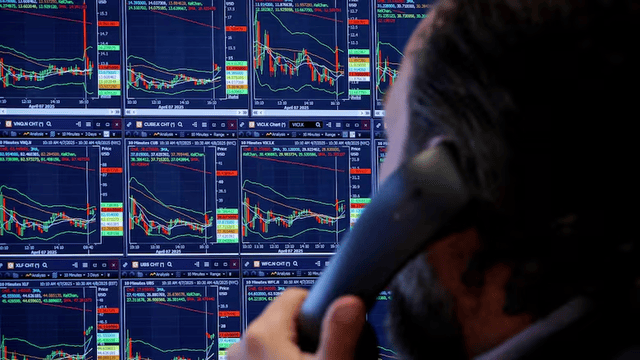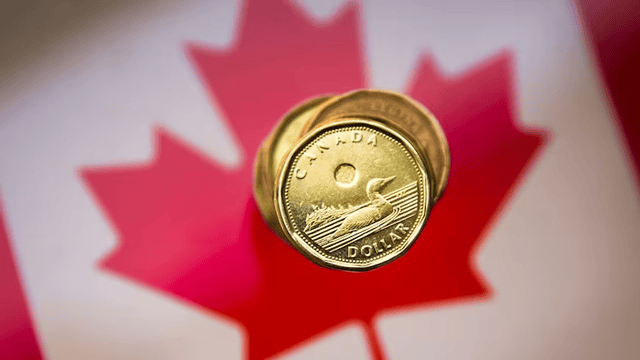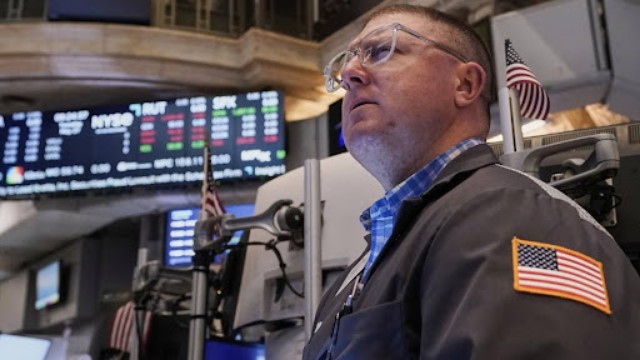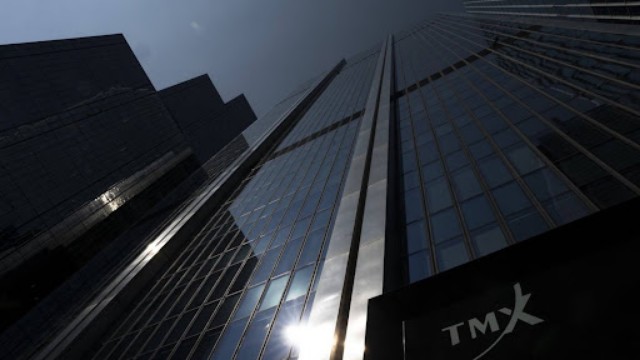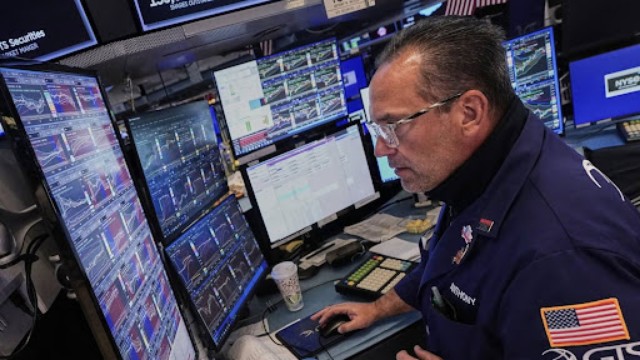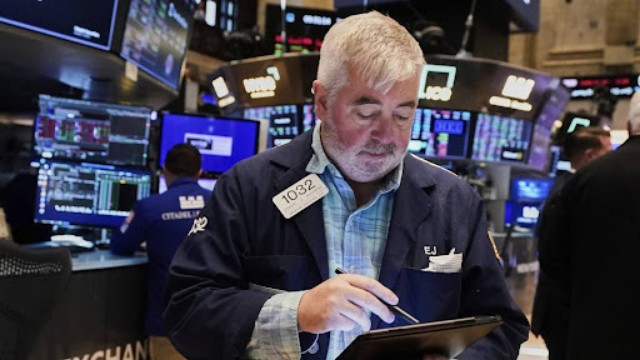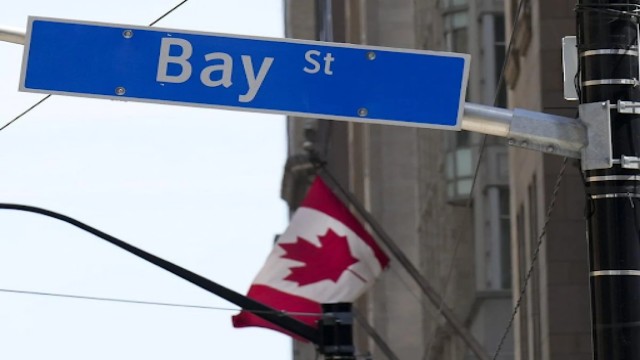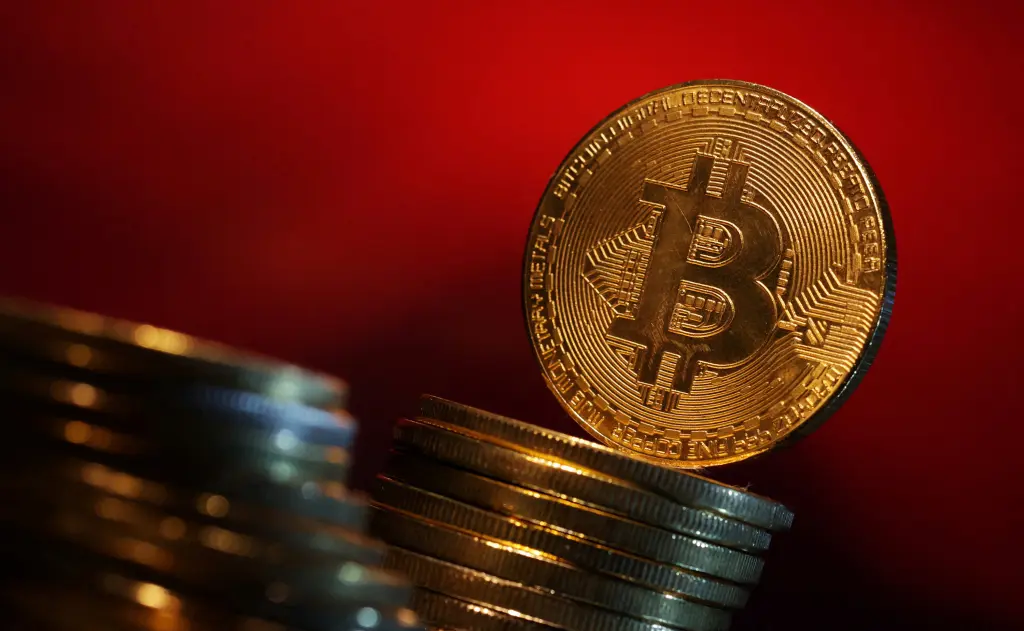
Bitcoin's price soars above $50,000, signaling a resurgence in investor confidence amid favorable market conditions and regulatory approvals. (Reuters)
Bitcoin surged above the $50,000 mark on Monday, marking its highest value in over two years, showcasing a robust recovery for the volatile cryptocurrency sector.
The digital currency saw a nearly 5% increase in trading on Monday afternoon, edging closer to the $50,000 milestone. Since the beginning of the year, Bitcoin has experienced a growth of over 16%.
Enthusiasts of cryptocurrency found encouragement in the anticipation of the Federal Reserve potentially easing market conditions by reducing interest rates. Market speculations suggest that the first rate cut by the Fed in several years could happen as early as May.
Last month, the Securities and Exchange Commission's (SEC) approval of spot bitcoin ETFs, enabling investors to acquire stakes in funds owning bitcoin, has contributed to a renewed sense of optimism among investors.
Advocates argue that ETFs will drive demand by simplifying access to the crypto market for ordinary investors. Although Bitcoin briefly saw a dip following the approval, trading activity has remained robust in the subsequent days.
Christopher Alexander, Chief Analytics Officer at Pioneer Development Group, noted, "I think that the approval of the spot ETFs was a ‘buy the rumor sell the news’ event, and after some profit-taking, everyone in the market is pulling in the same direction."
Another significant factor contributing to the current momentum is the upcoming bitcoin "halving," an event occurring once every four years, reducing the amount of digital currency rewarded for "mining" by half. Historically, bitcoin prices have surged following halving events, with the next one scheduled for mid-April.
Despite experiencing a major decline following its peak price of $69,000 in November 2021, Bitcoin hadn't crossed the $50,000 threshold since December of that year.
The cryptocurrency industry underwent a challenging phase termed as "crypto winter" in 2022, marked by a 64% drop in Bitcoin's value due to rising interest rates prompting some investors to divest their crypto assets in favor of less volatile options.
The industry faced further turmoil with the collapse of the TerraUSD stablecoin and its interconnected sister cryptocurrency Luna, followed by the downfall of Sam Bankman-Fried's FTX empire in November 2022.
Although SEC Chairman Gary Gensler has expressed skepticism about cryptocurrencies as investment vehicles, warning investors about their speculative and volatile nature, traders have shown renewed interest in these risky assets.
Gensler cautioned, "Investors should be aware that the underlying asset is a highly speculative, volatile asset. Amongst its use cases is really for illicit activity – money laundering and sanctions and ransomware and the like."
Bitcoin's "halving" events aim to maintain the currency's scarcity over time, although their exact impact on its value remains a subject of debate. The previous halving in 2020 preceded a sustained rally that led to its all-time high price.
According to Bloomberg, Bitcoin saw an increase of nearly 1,000% in the 12 months following its 2016 halving and approximately 8,000% in the year after its 2012 halving.




